
By Jill Lowe
“Of all the deprivations, of all the hardships putting a strain on our common humanity which the 2020 pandemic has wrought, I fail to find the words to describe the effect on our culinary liberty of the shortage of bucatini”…… so said Jonathan Green in his program “Blueprint for Living” on ABC Radio National, February 13, 2021: the weekly rummage through the essential cultural ingredients – design, architecture, food, travel, fashion- for a good life. During the pandemic, as underreported as it was devastating, was this appalling situation of bucatini shortage highlighted by Rachel Handler-Senior Handler at Vulture/ NY Magazine. Investigating in December 2020, she sought some reasons for the shortage. (still not solved, but at least one reason postulated was that people were using the bucatini as straws!)
What is bucatini? Bucatini is spaghetti, but thicker with a hole in it, meaning it absorbs more sauce. Indeed! That’s what we need!
 |
 |
I do not know how I got to this decade of life having never heard of bucatini. How did this happen and what other pasta shapes did I not know about, I asked myself?
Now a word about the pandemic. It provided an opportunity and time to explore dormant passions and to delve into one’s wish list of skills. There became available a plethora of lessons to learn these new skills, travel virtually, read more books, improve health, vitality, and wellness. Too, a menu of exercise equipment all provided hopes and dreams of a better you.
Now the feeling to pursue some quests and ensuing purchases was best evaluated at least overnight because in some cases the feeling dissipated. One only has to consider New Year’s resolutions and their fate. Now, hopefully nearing the end of the pandemic, people have unread books piling up, and gradually some exercise equipment is being used for hanging clothes.
I did not escape the lure of these hopes and dreams of learning new skills. Early on, I thought I wanted to master pasta making from scratch. I fancied myself as an Italian “PASTA GRANNY” highlighted in the TV show on YouTube which filmed some 100 grannies over age 50 …… but some 100 years old, making pasta from scratch.
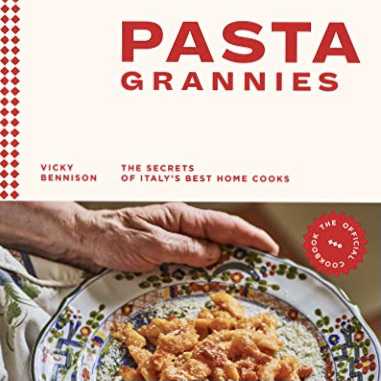
I have indeed MADE pasta. I too had the machine in the ’70s.
But I fancifully thought just getting some pasta equipment would be enough to spur actual production. But as the months wore on – still no pasta made.
Then the bucatini shortage! Now the scarcity of it gave me a goal. It became extremely desirable.
This hunt for bucatini had me captivated and in the hunt, I paid attention to other pasta shapes on the shelves.
Then, I saw an entry on the internet for a supposedly super easy “honeycomb lasagna,” a dish using vertical rigatoni in a springform pan. It was made with rigatoni stuffed with string cheese. The entire dish was made with low-end ingredients which I would not use, HOWEVER, the IDEA was wonderful!
I set about to make individual springform honeycomb lasagna, in mini springform pans. I decided to use paccheri : an enormous rigatoni.
My first attempt made me realize I did not use sufficient ricotta cheese and so although it tasted good, the look was that of holes. Not what I wanted!

Back to the drawing board and this time I used mezzi rigatoni – a shorter version of the traditional rigatoni but with a wider diameter. This allowed me to stuff the vertical rigatoni with ricotta cheese mixture but allowed the room on top for either mushrooms or meat sauce and mozzarella cheese. With a full-size springform pan, I would use rigatoni.
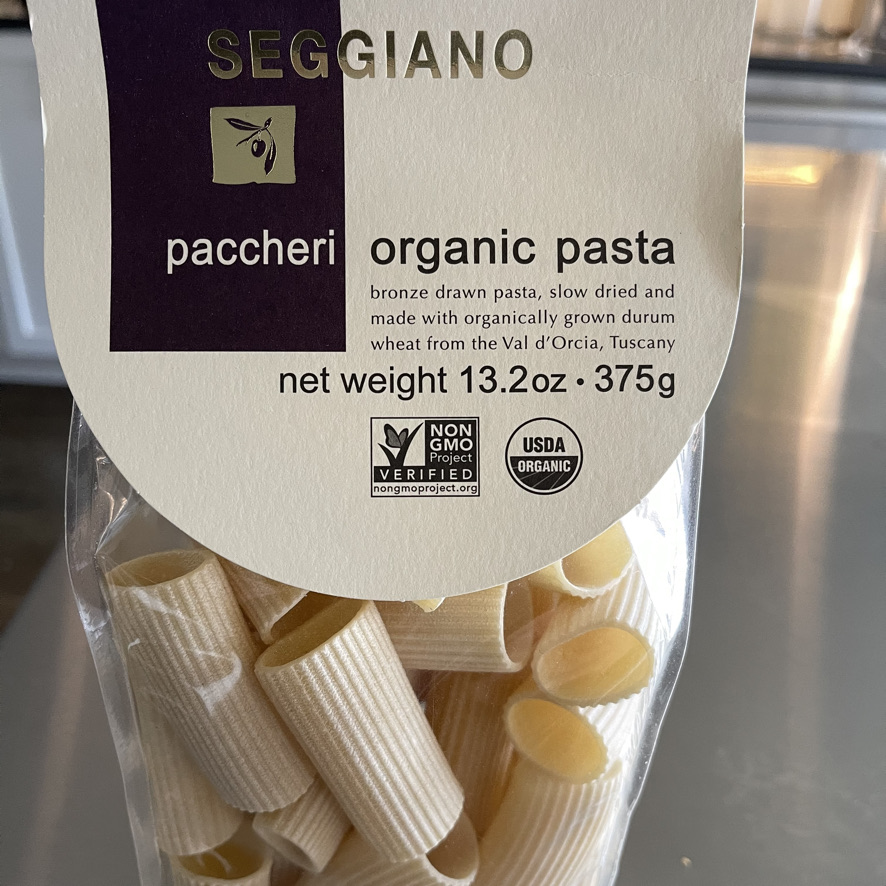 |
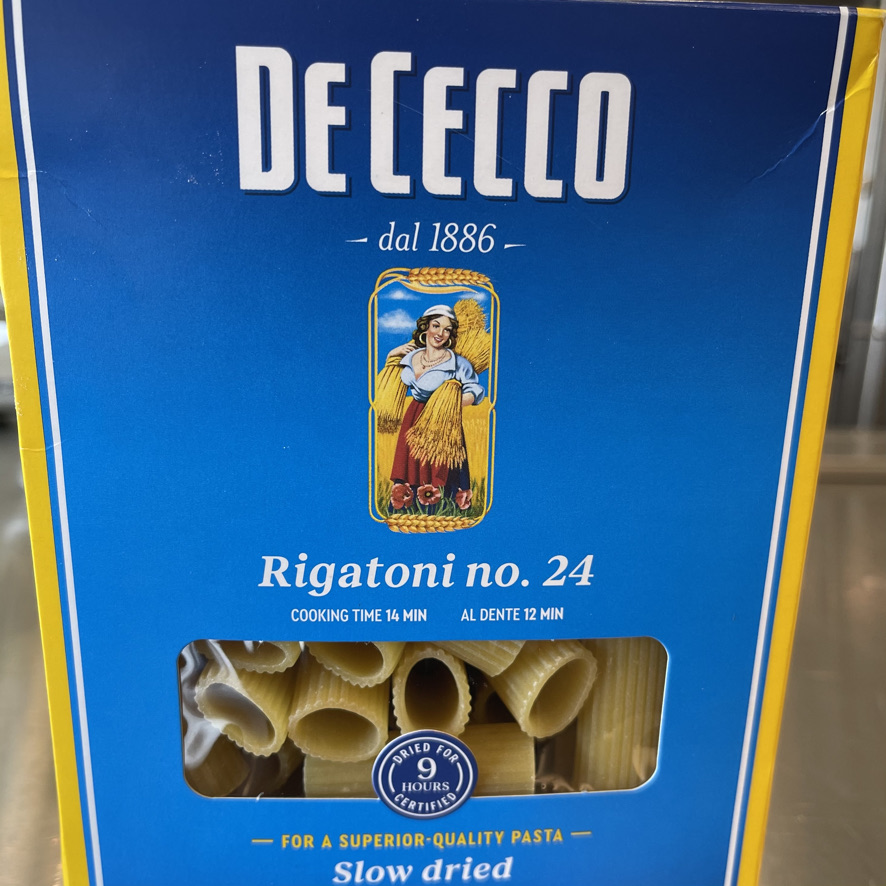 |
 |
My 2nd attempt at honeycomb lasagna:-

Placing the paccheri into the mini springform pans
 |
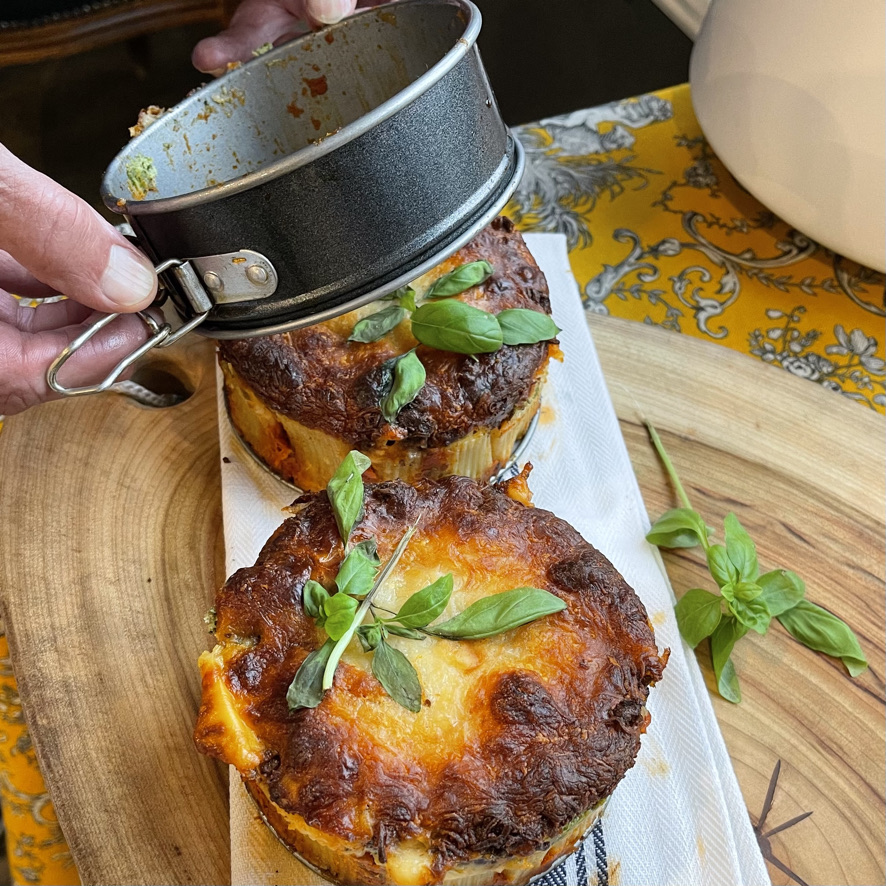 |
The new paccheri honeycomb lasagne – mercifully no holes!
Still, with no desire to make ACTUAL pasta from scratch I realized that the satisfaction for me was producing complete dishes. I decided to “stick to my knitting”, abandon the notion of pasta from scratch and explore new foods and dishes, from a wide range of countries.
Colors inspire me enormously and playing with combinations is what please me.
Thus the Persian, Tunisian, Asian, Turkish, Ethiopian dishes provide ample opportunity to mix colors. The spices are enticing. And of course not forgetting the more traditional Mediterranean dishes.
Such dishes as Tahdig, Khoresht, Shira, Shaksouka and Caponata required gathering ingredients from around Chicago, needing such items as Persian limes, saffron, Thai bird chilies, green and black cardamom pods, and black sesame seeds.
In fact traveling the Silk Road, the Mediterranean, and all things Ottolenghi was my inspiration.
As I gathered ingredients from international grocery stores the colors were evident, but those hues which cannot be obtained in spices and foods can be achieved with the use of dishes or napkins. e.g., the gorgeous indigo spice powder of Cairo markets is elusive but there are plenty of other opportunities to add intense color. Just look at Turkish delights, Persian date rolls, saffron rock, pomegranate arils, and edible flowers
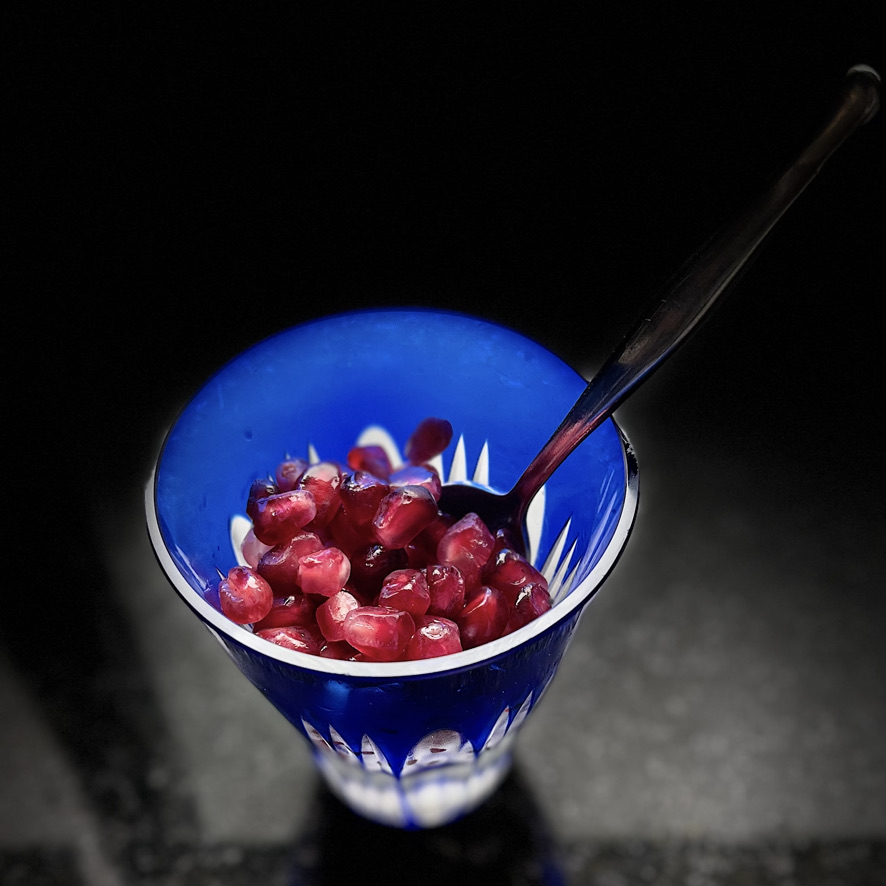 |
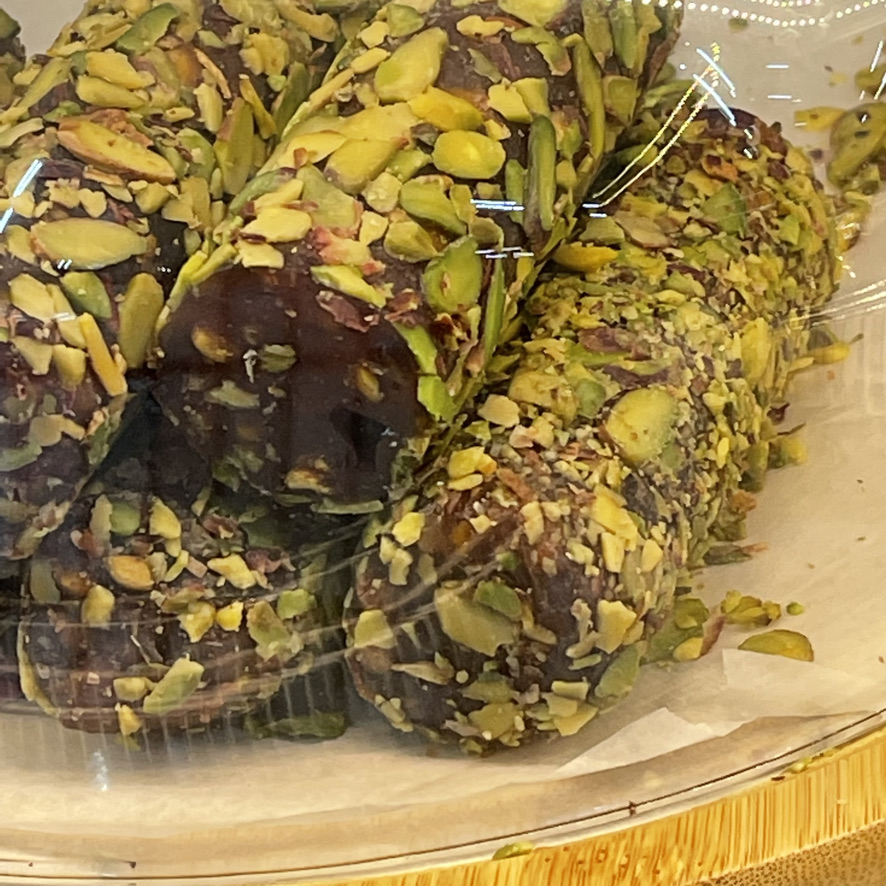 |
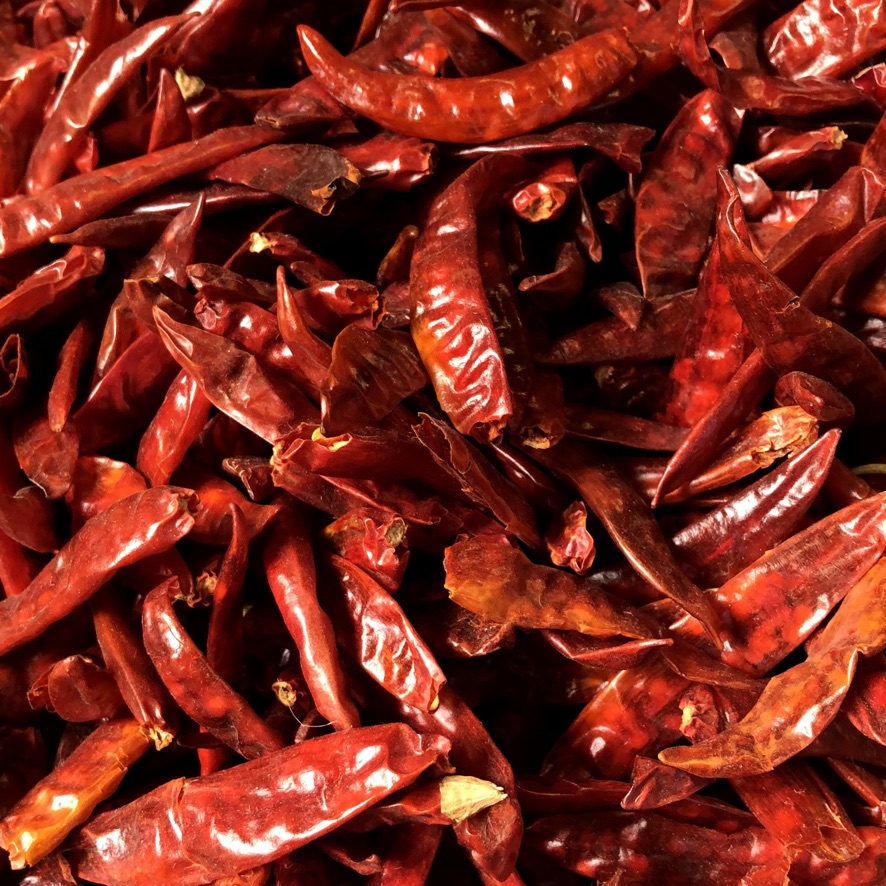 |
 |
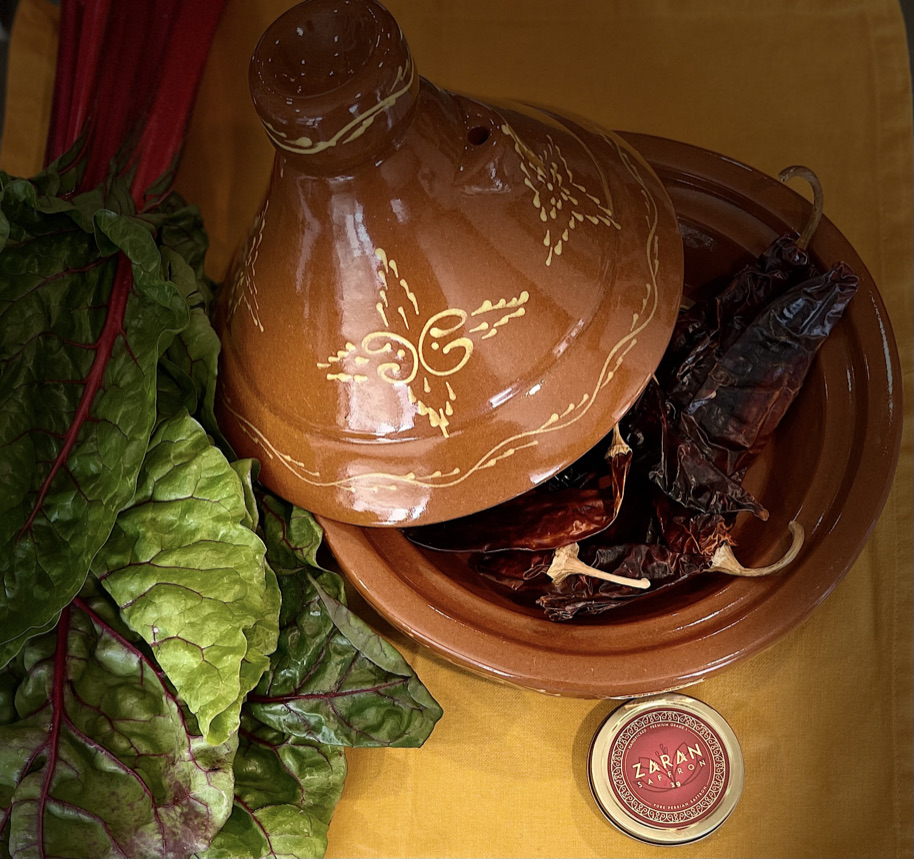 |
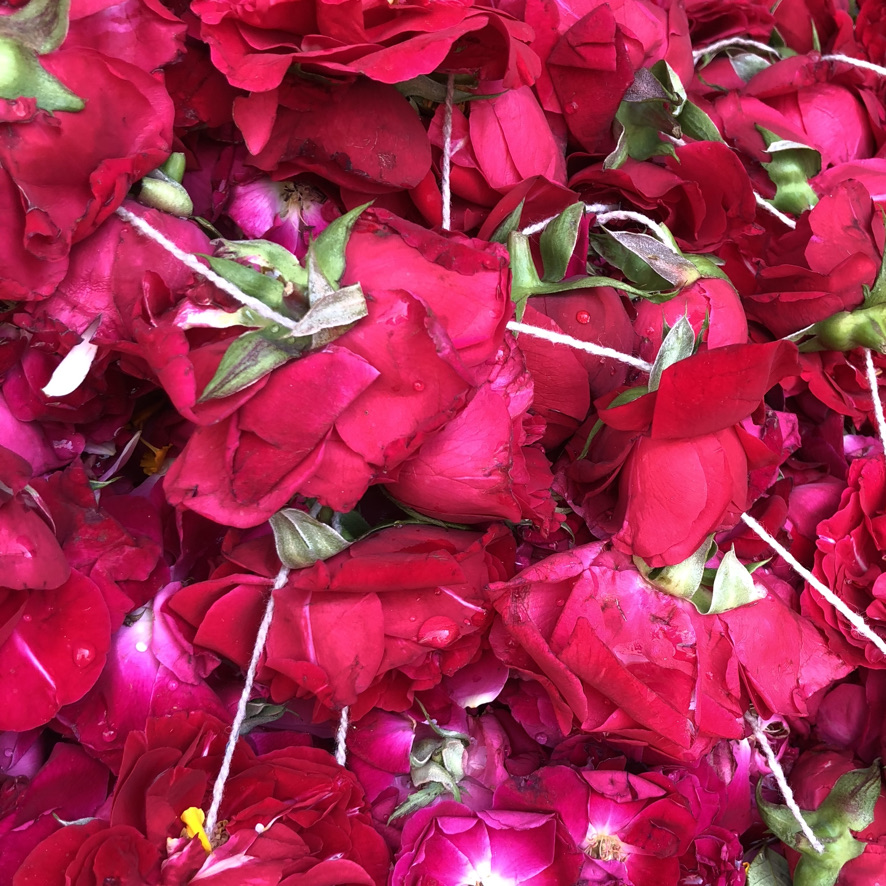 |
 |
 |
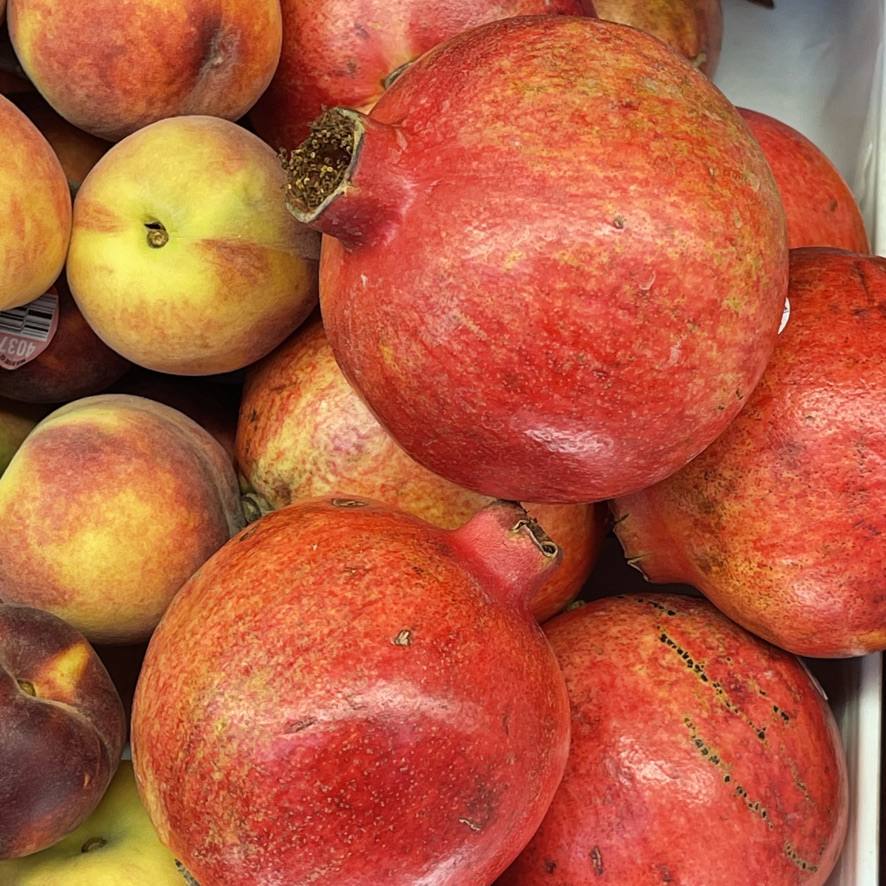 |
 |
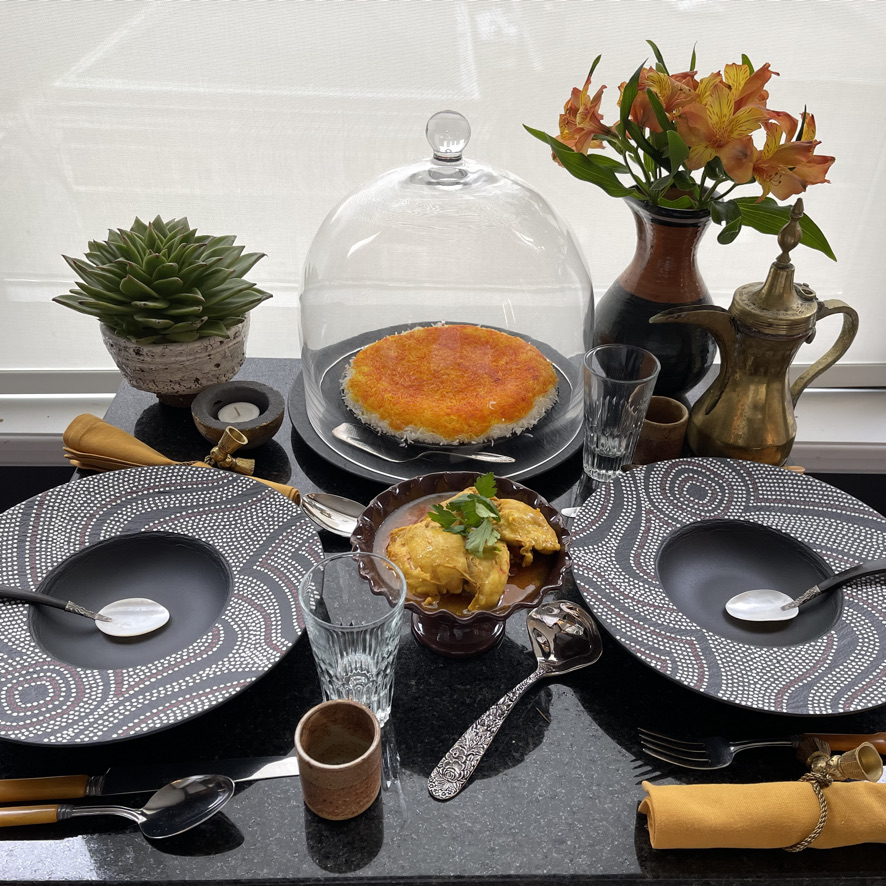 |
 |
Some of my newfound dishes have been colorful:- Tahdig (Persian rice) and Khoresht (spicy chicken dish)
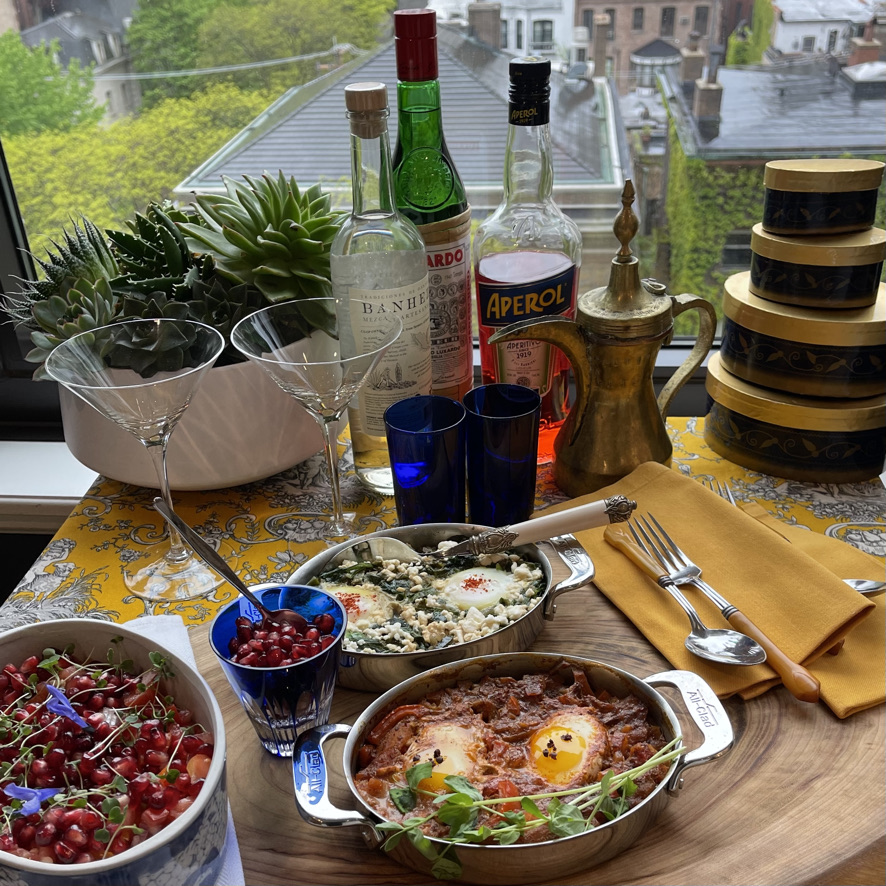 |
 |
 |
Shaksuka has many iterations- Persian, African, and Asian and is essentially poached eggs in a spicy sauce usually red tomato sauce, but also green with spinach or kale sauce Can include goat cheese and labneh (strained yogurt)
I accompanied it with a simple tomato and cucumber salad with pomegranate arils.

Chicken Biryani: the Hyderabadi version is an aromatic basmati rice dish introduced to India by Persia: layered rice with marinated spiced chicken, topped with crispy onions.
 |
 |
Shira: an Ethiopian Eritrean chickpea stew is usually served with injera (Ethiopian flatbread) but can use lavash, multigrain wrap, or the like. I didn’t forget to set the table.

Roasted carrots tossed with toasted black sesame seeds and Dukkah (Egyptian condiment made of nuts, seeds, spices).
 |
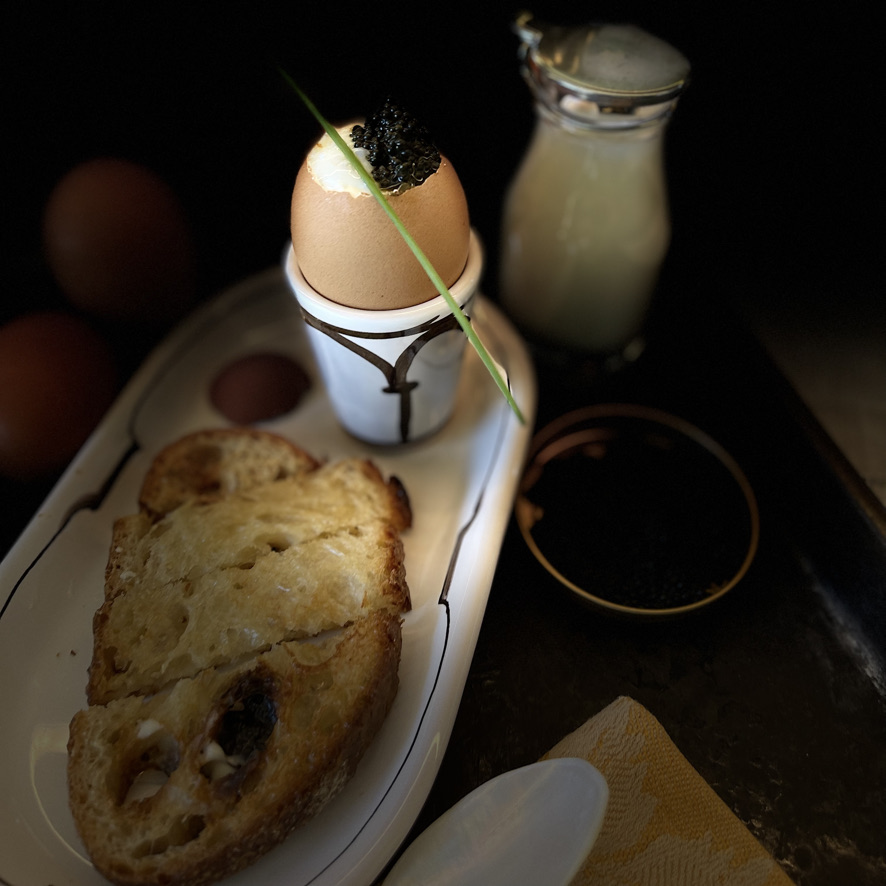 |
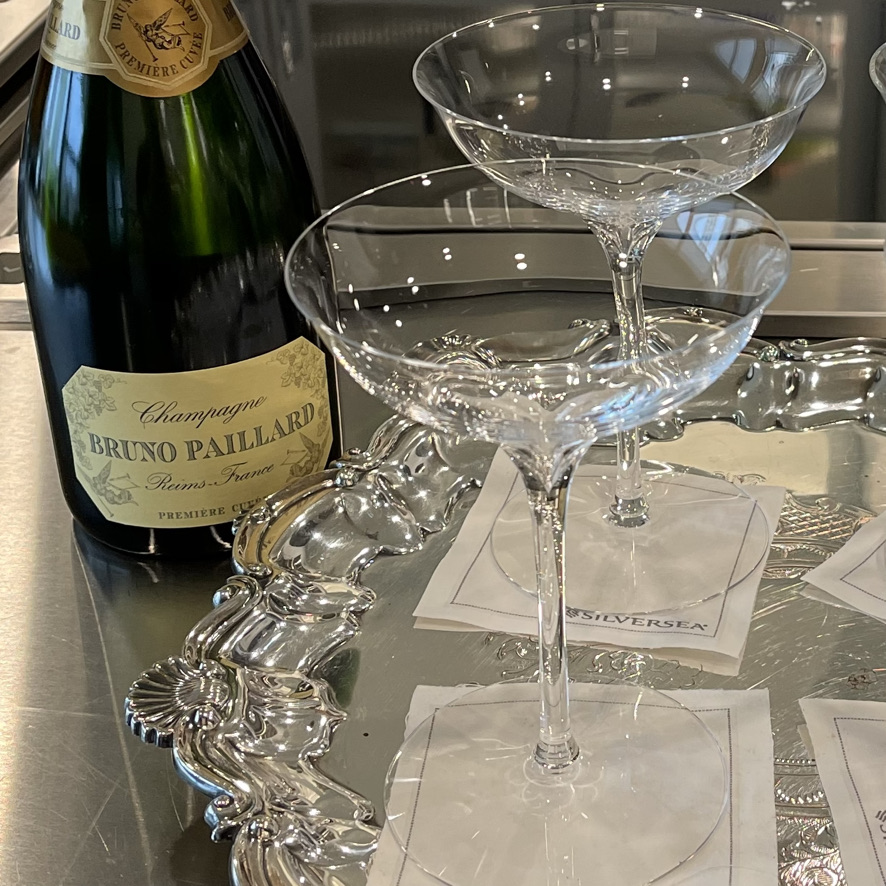 |
Or simple boiled eggs with caviar and toast soldiers, good with some sparkling……
For a cocktail time a turn to the eurozone.
 |
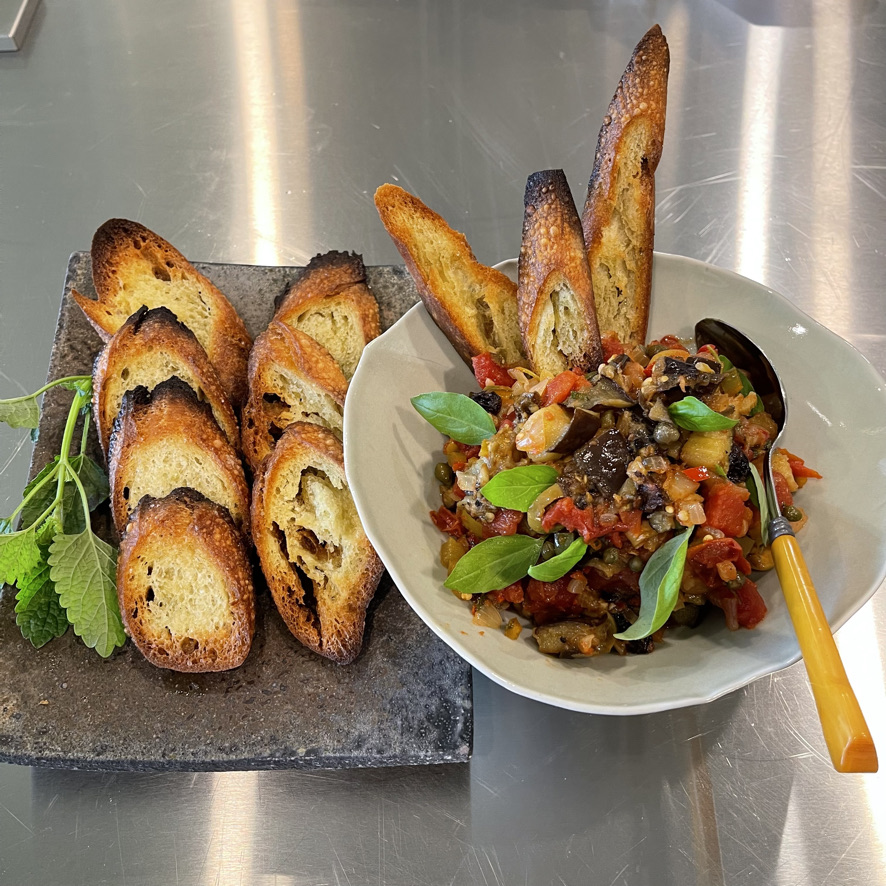 |
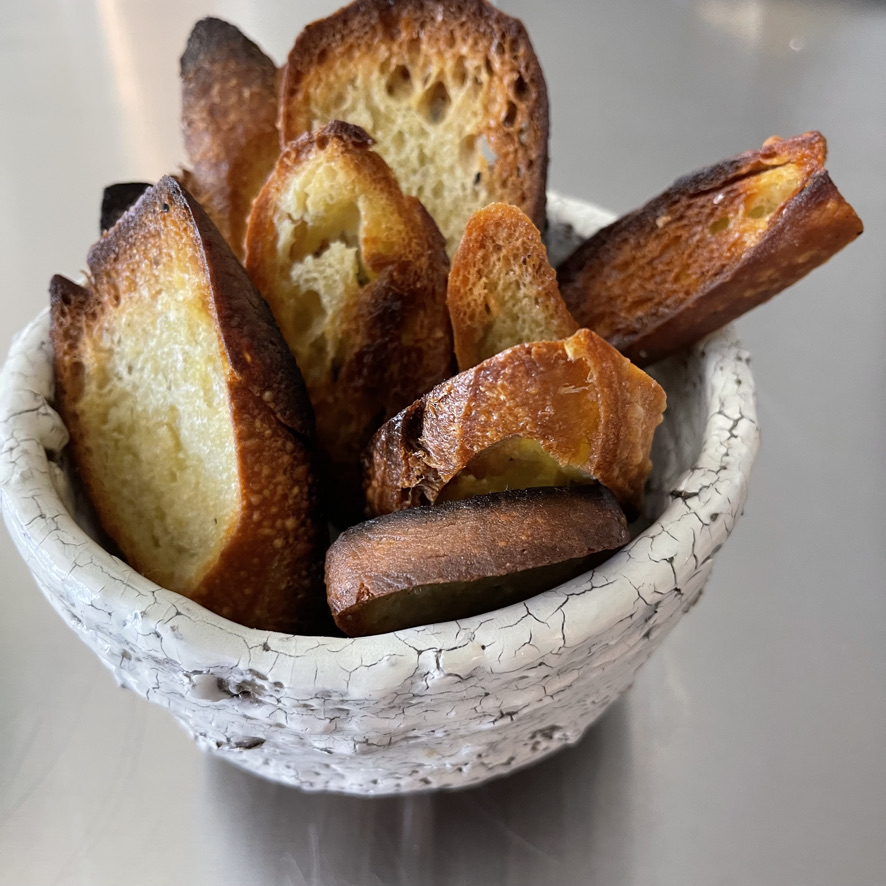 |
Caponata- served cold with crostini
 |
 |
 |
And for the L’heure de l’apéro, France’s “cocktail hour”: some nibbles to accompany.
Roasted tomato & mustard tart, pissaladiere (Ooops-no anchovies), mustard cheese bâtons. (Once the puff pastry is thawed, best to use all: Oh yes, store-bought pastry.)
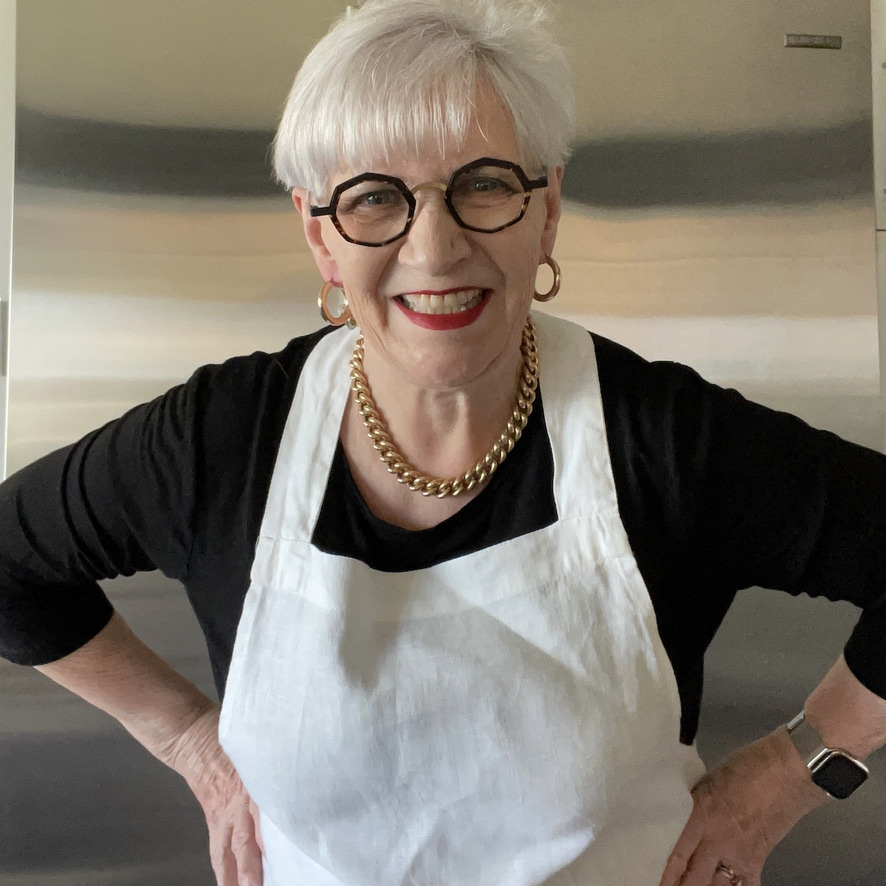
So as we emerge from the pandemic, as well as the piles of books to be read, I have various pieces of pasta-making equipment – several rolling pins, flours, a garganelli and gnocchi paddle, a Chitarra spaghetti cutter, and not the least an enormous reversible pasta board.
I don’t know what got into me!
The MOST valued item purchased though is the apron so often worn by the grannies. I SHOULD have purchased only the apron!
Because truly although I got as far as getting flour and egg onto the pasta board, I have not done ONE thing to make home made pasta.!
I could, I might but………

I have the bucatini shortage to thank, in coming to my senses.
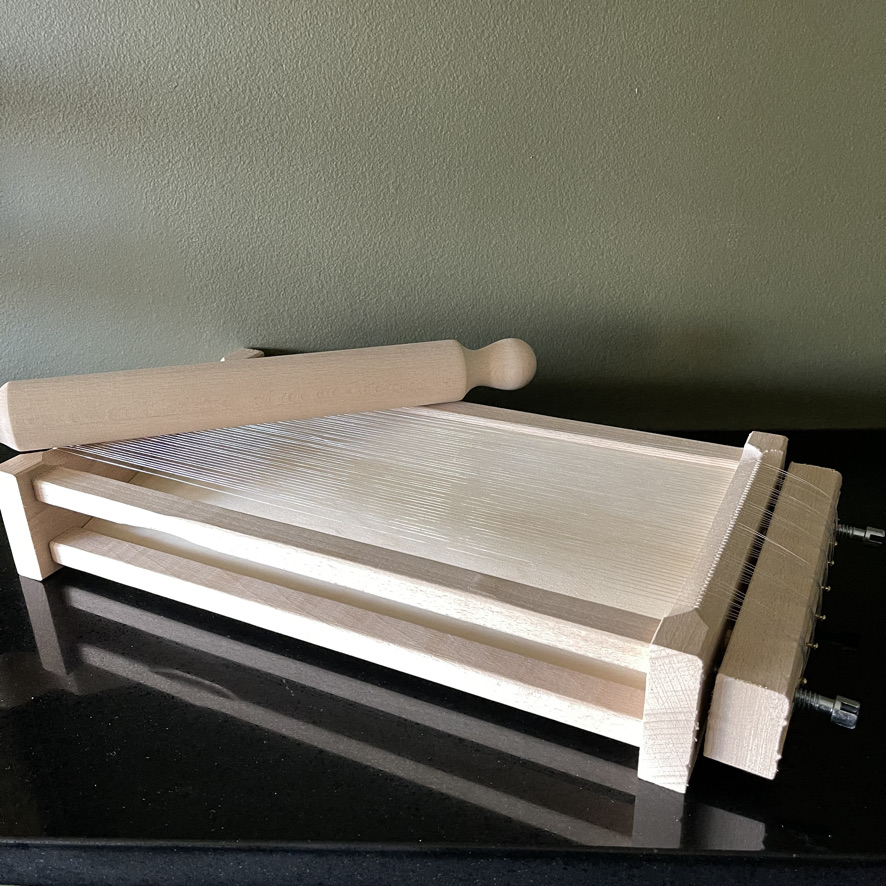
Now. I must ask…… can anyone use a never-used Chitarra?
Credits and Sources
- Photo of Jill: Bravelux Inc : Joe Mazza
- Bucatini:Brand DEL VERDE, and it is also made by De
- Sahar International Supermarket 4851 N Kedzie Ave #57, Chicago Il 60625
- Dufour Puff pastry- Wholefoods







